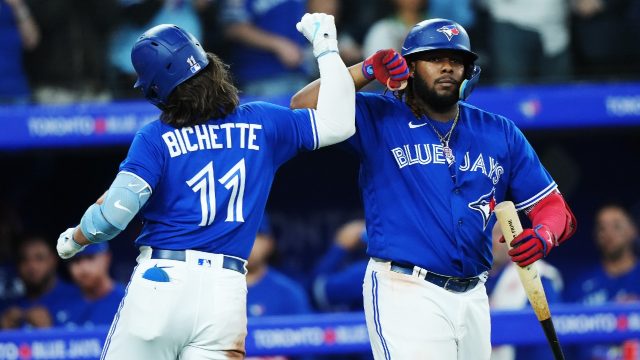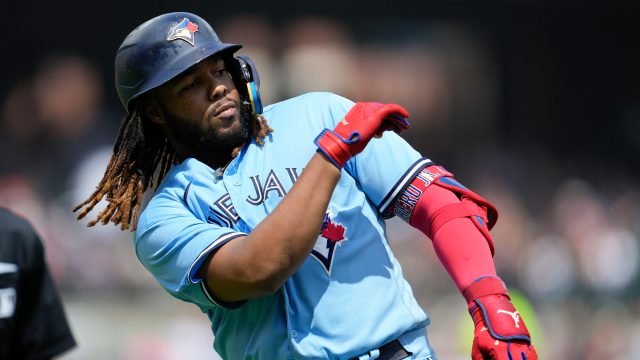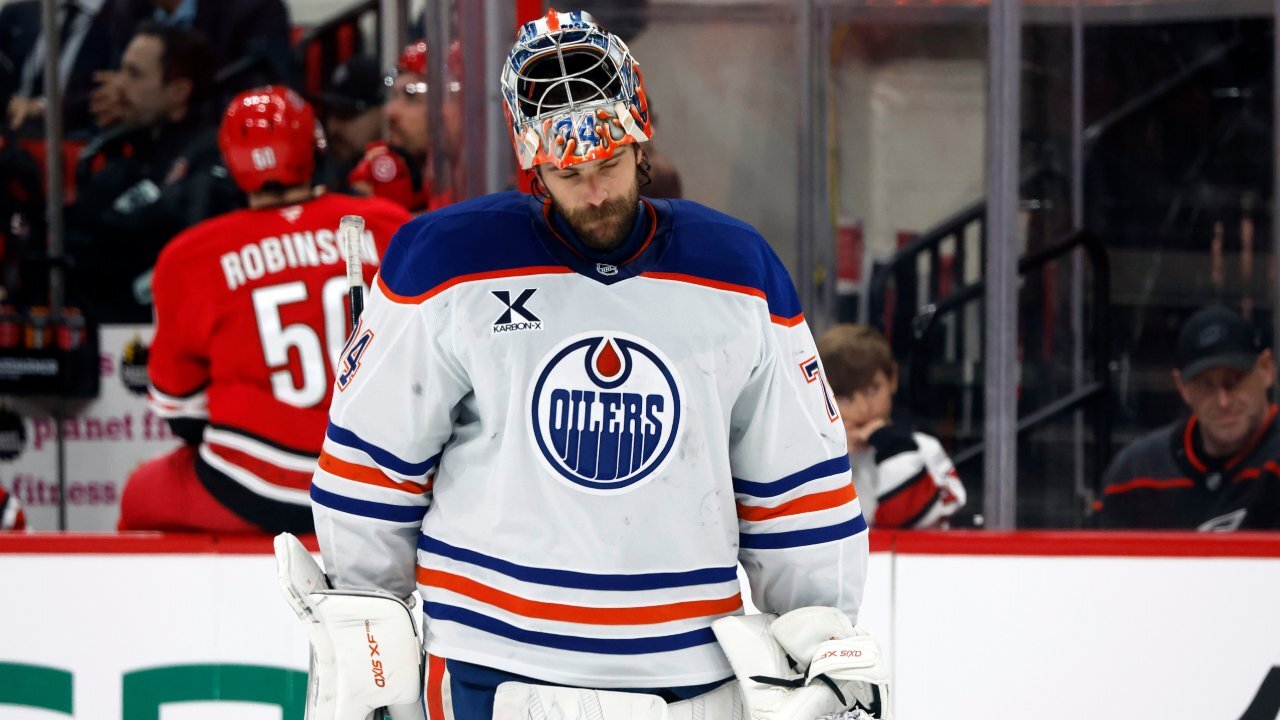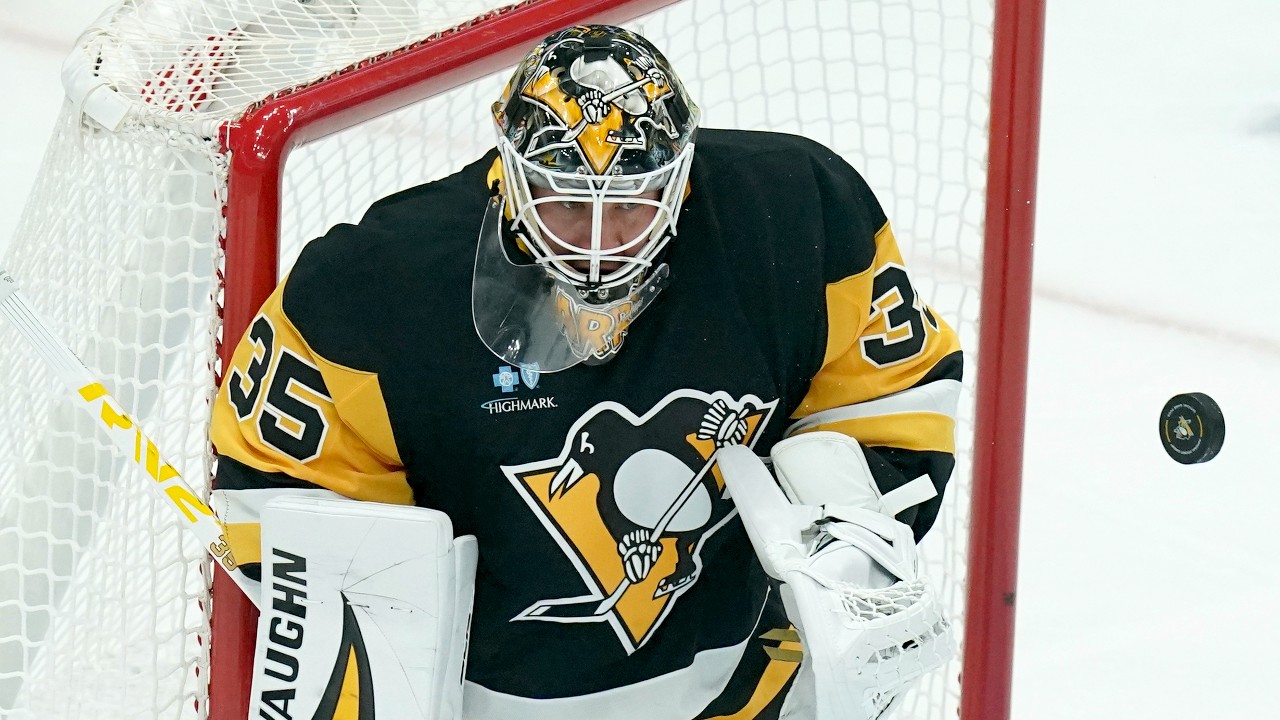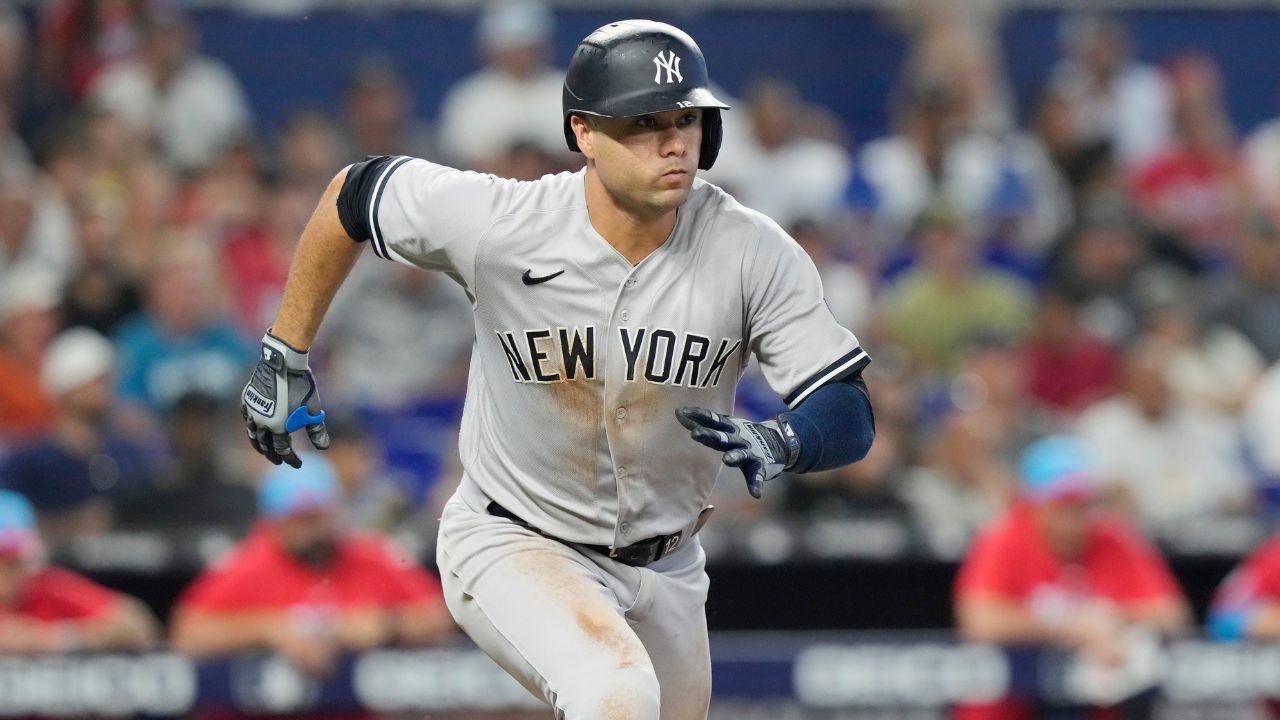
When the Toronto Blue Jays signed Justin Turner on Tuesday, the team’s offensive identity for 2024 began to come into focus.
It’s possible that the team will add another notable bat, but with Turner serving as a primary DH the Blue Jays’ position group may be more or less set. Based on last year’s results — and the likelihood that Turner and Isiah Kiner-Falefa will give the team less than Brandon Belt and Matt Chapman did in 2023 — this is not a collection of bats that figures to be one of MLB’s most productive.
What the Blue Jays do seem likely to do extremely well, though, is put the ball in play. The utility of avoiding strikeouts is up for some debate — and we’ll get to in a moment — but in terms of raw contact ability, Toronto figures to be among MLB’s best.
Last season the Blue Jays posted the sixth-lowest strikeout rate in the majors (20.9 per cent) and that number included whiff-happy seasons from Belt (34.9 per cent) and Chapman (28.4 per cent). That duo combined for 23 per cent of Toronto’s strikeouts, and all other Blue Jays hitters had a collective K rate of 19 per cent — a number just two teams came in below last season.
The Blue Jays are adding Turner and Kiner-Falefa to that group, and the former’s career-high strikeout rate is 18. per cent while the latter has never topped 19.4 per cent. Both have career averages below 16 per cent.
So, Toronto is taking a group that consistently puts the ball in play, removing the guys who strike out the most and adding players who make a lot of contact. Kiner-Falefa won’t play as much as Chapman did and Davis Schneider could shift the math a little bit if he earns plenty of playing time in 2024 — but at the end of the day this should be one of MLB’s toughest teams to get to strike three against.
That sounds good on the surface, but it’s not entirely clear how much it matters. Below is a chart outlining how the top-five strikeout avoiding teams performed in each of the last 10 full seasons:
|
Season |
Average wRC+ |
Average win total |
Playoff rounds won |
|
2013 |
100.8 |
88.6 |
3 |
|
2014 |
99.6 |
86.8 |
4 |
|
2015 |
91.6 |
80.2 |
4 |
|
2016 |
97.8 |
81.4 |
1 |
|
2017 |
99.4 |
89.6 |
3 |
|
2018 |
104.4 |
94.6 |
4 |
|
2019 |
106.4 |
88.4 |
6 |
|
2021 |
103.2 |
80.8 |
2 |
|
2022 |
111.6 |
96.8 |
4 |
|
2023 |
103.6 |
85.0 |
4 |
These results don’t provide clear-cut answers.
If you’re one of the best contact teams in the majors it probably increases your chances of being a good offence — and, in turn, a good team. Low strikeout rates have been an important part of the Houston Astros’ recent offensive success, and the Kansas City Royals’ run a few years back.
It’s notable that five of these 10 seasons were won by a team with a bottom-five strikeout rate. The only World Series in this era that didn’t include an elite contact club was the Chicago Cubs vs. Cleveland in 2016. There is evidence to suggest that putting the ball in play is correlated to the kind of success the Blue Jays are chasing. Home runs might be a bigger factor, though, and Toronto doesn’t project to clobber too many of those.
As good as the Astros are and the Royals have been, there are also clubs like that have often cropped up as contact leaders with nothing to show for it like the mid-2010s Oakland Athletics and recent iterations of the Washington Nationals. If there was one clear cut way to achieve offensive success, every team that could afford to pursue that path would be doing the same thing.
That means the Blue Jays’ lean into contact hitting shouldn’t be perceived as a massive boon to their fortunes or a disastrous twist of fate. Having a lineup full of guys that are tough to strike out is a good thing. All things being equal you want that, but there are enough other factors that go into run scoring that it can’t be a singular focus.
Instead of defining the 2024 Blue Jays, the contact ability of this team is just another characteristic that will contribute to the team’s composition. It might even be particularly useful in certain matchups — such as against teams with poor fielding or pitchers who give up hard contact when they can’t get their Ks. If Toronto makes the playoffs, it could be handy against high-velocity arms, but the Blue Jays will need to do a lot more than put the ball in play to get there.


